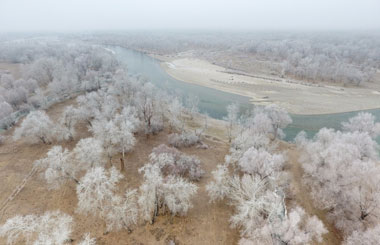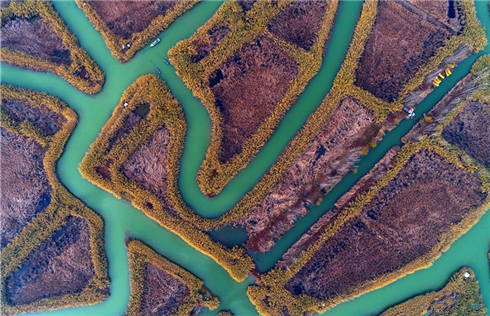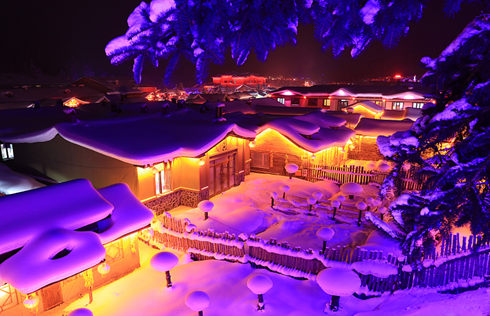An urban romance
Pilgrims flock to paradise on Earth
Recently, I spent the day walking along Huandao Nanlu, the southern tip of Xiamen's ring road.
I started at Southern Putuo Temple, so called because there is a Putuo Temple in Zhejiang province, bordering Fujian to its north.
When I first saw road signs pointing to the temple, I thought "Gee, people here must be fervid Buddhists. They give directions to a place hundreds of miles away." Silly me! The southern version is just as popular, with pilgrims crowding every nook and cranny. More halls were being constructed up the hill.
I enjoyed the park outside the temple proper. It was more spacious, with a pond and two towers and a pavilion. Here you can still burn incense and pray but it's less congested. Many sat around on the balustrades taking a break or got busy feeding the fish or releasing bought fish back into the waters, giving them their second life. If it was preaching that was going on inside the temple, it was more like its practice outside it.
Next door is Xiamen University, a school I considered applying to when I was at high school. Thank God I didn't. Had I come here I doubt I would have got any work done. The campus is so beautiful it's like a botanical garden - and a perfect setting for dating. There is a lake with black swans in it. You don't need to venture one step outside if you want to make a romantic film.
The architecture on campus is a subtle fusion of many styles, colonial and modern, Chinese and Western. I took a liking to the roofed corridors that connect two buildings. The red tiles reminded me of Stanford University and its Spanish design.
One of the gates leads almost right to the beach. Over here, you'll see sunbathers and sandcastle builders. I didn't see any surfers, though. Instead, the fun activity seemed to be synchronized cycling in which more than one person shares an elongated cycle.
Sauntering east, I came across paths that are veritable boardwalks, usually places for drinks and snacks. Not far is Hulishan Fort, which the road sign identifies as "fortress". This 70,000-sq-m compound was built in 1894 when the Qing (1644-1911) government was shaken by the power of Western aggression. There were German-made Krupp cannons aplenty, and some are even used as ad-hoc seats for a live performance.
Every day at 10 am and 4 pm, a phalanx of actors dressed in Qing military uniforms parade in front of camera-toting tourists. After brandishing the imperial dragon flags in a few not-so-regal dance movements, they march up a knoll. It's a little ironic that Qing flags fly so high here, considering that Xiamen was once called "Siming", literally "missing the Ming Dynasty". It was changed after Qing conquered China proper, and is now the name of a city district.
The fanfare ended with the lighting of a Dutch cannon, which took me by surprise. I didn't expect it to be so loud. But the smoke made for good drama. Everyone was happy and many snatched photos with the actors. In history, the only military feat associated with the fort was the sinking a Japanese destroyer in 1937.
Farther east are more beaches, more forts and more amusement parks, some of which are on the north side of the road. For 9 km it stretches eastward - until one reaches the ultra-modern Xiamen International Conference and Exhibition Center, a mammoth complex where the annual investment fair is held. Farther north one has to drive because the whole coastal highway runs 43 km and encircles much of the island. It is one of the country's best scenic drives, a stunning six-lane road with greenery as wide as 100 meters and some parts named "bridges", because the colorfully lit elevated roadway curves gracefully like a ribbon wrapped around an expensive gift.
For residents and visitors alike, a day at Xiamen beach is like a gift one showers upon oneself - yet without entailing much cost.














